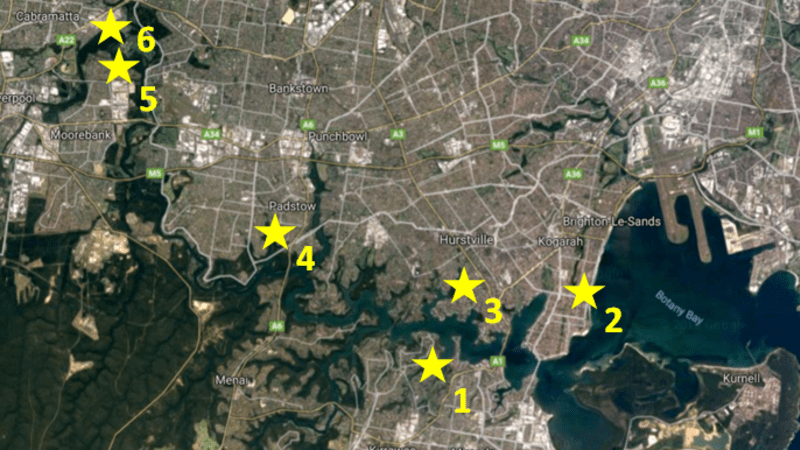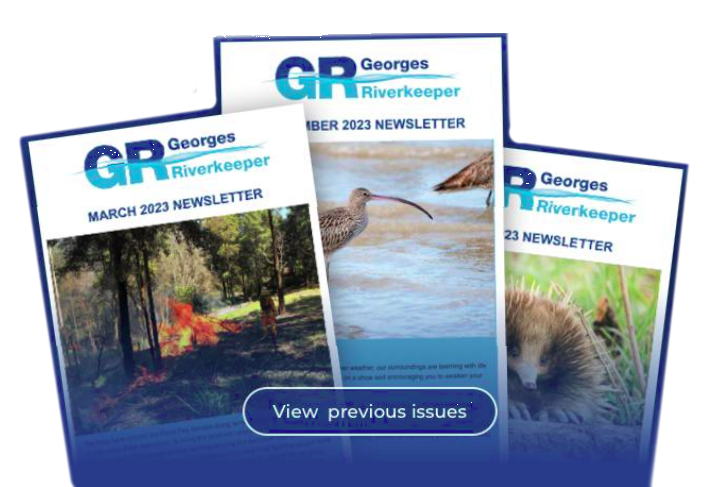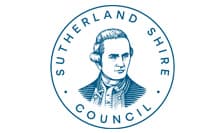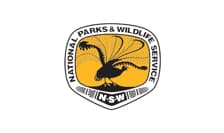Recent research has identified the saltmarsh species Sporobolus virginicus as a primary food source of commercial and recreational fish species. The 'Targeted improvement of the Georges River estuarine food web' project aims to expand populations of S.virginicus into the man modified foreshores of the Georges River estuary in southern Sydney.
The $40,000 project is a joint partnership between Conservations Australia Volunteers, Georges Riverkeeper and Bayside Council, City of Canterbury-Bankstown Council, Fairfield City Council, Georges River Council, Liverpool City Council, and Sutherland Shire Council.
This Project has been assisted by the NSW DPI Fisheries’ Recreational Fishing Trust’s “Habitat Action Grant Program”.
Over 9,000 S.virginicus plants, the main food source of commercial and recreational fish species and basis of the entire food web in the river, have been planted in six sites along the Georges River between September and December, 2019,
The planting sites are:
- Oyster Bay Saltmarsh, Rickards Road, Oyster Bay
- Tonbridge Creek, Tonbridge Avenue, Ramsgate
- Poulton Creek Estuary, Morshead Drive, Connells Point
- Little Salt Pan Creen, Virginius Street, Padstow
- Chipping Norton Lakes, South shoreline, Homestead Avenue, Chipping Norton
- Chipping Norton Lakes, North shoreline, Cutler Road, Lansvale.
The project has planted S.virginicus into the upper intertidal zone of saltmarsh ecosystems that have self-colonised foreshore areas following previous human modifications associated with activities such as infilling, reclamation, channel modification and mining site remediation.
S. virginicus has low seed viability and is commonly absent in human modified foreshores that are populated with self-colonised saltmarsh species. While the saltmarsh species Sarcocornia quinqueflora, Suaeda australis, Triglochin striata, Juncus kraussii and Samolus repens readily self-seed, S. virginicus predominantly reproduces vegetatively and requires parent plants in situ in order to reproduce and populate.
The planting of S. virginicus will expand populations across local ecosystems and will increase saltmarsh biodiversity in the previously disturbed sites. It will also increase the phytoplankton and zooplankton at the foundation of the estuarine food web with a plant that is now known to have the greatest contribution to the diet of key estuarine commercial and recreational fish species.
Project update: 81 Volunteers, 4 sites, 6000 plants
Project update: Sporobolus plants growing strong at many sites














